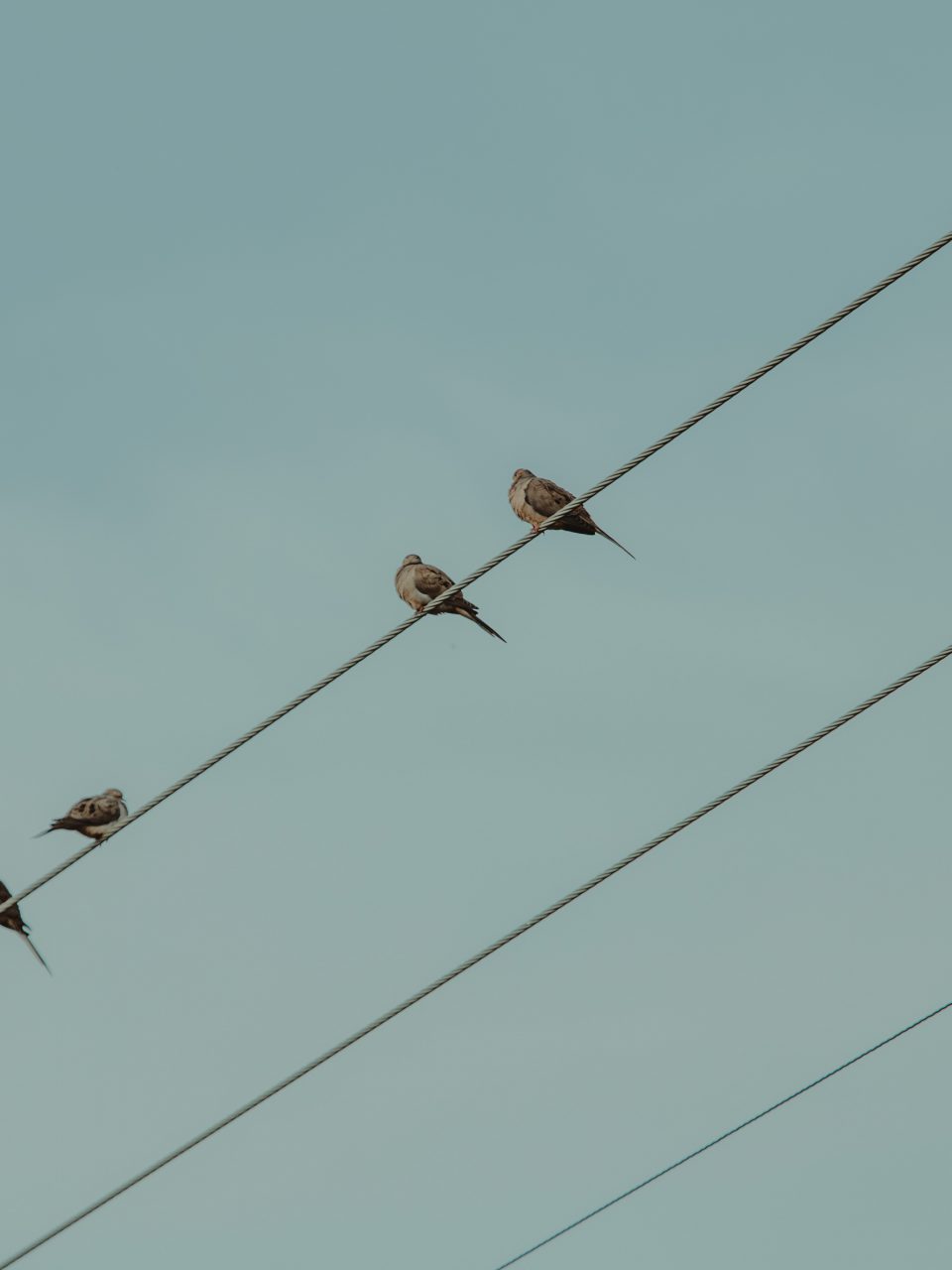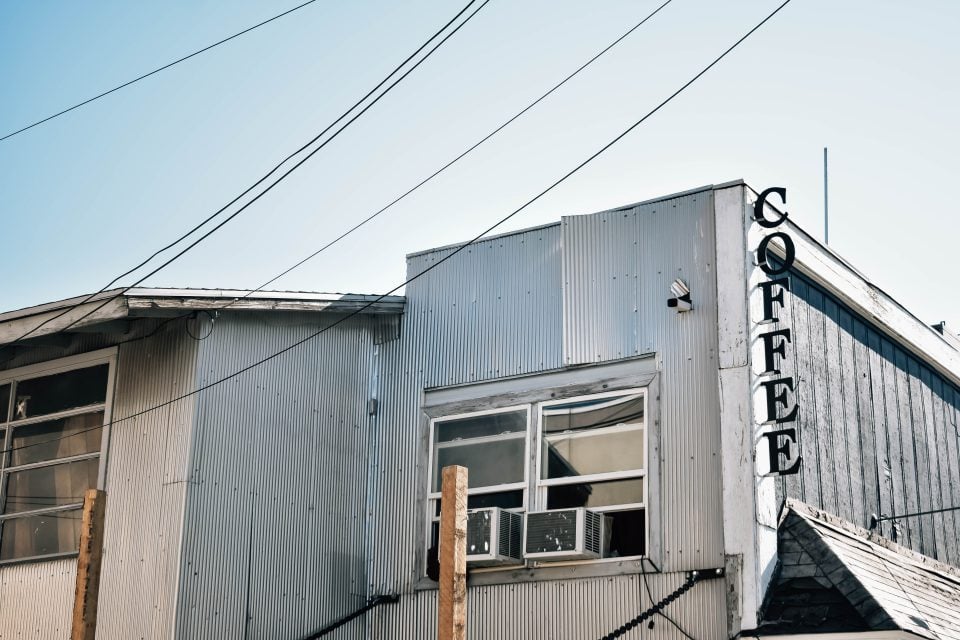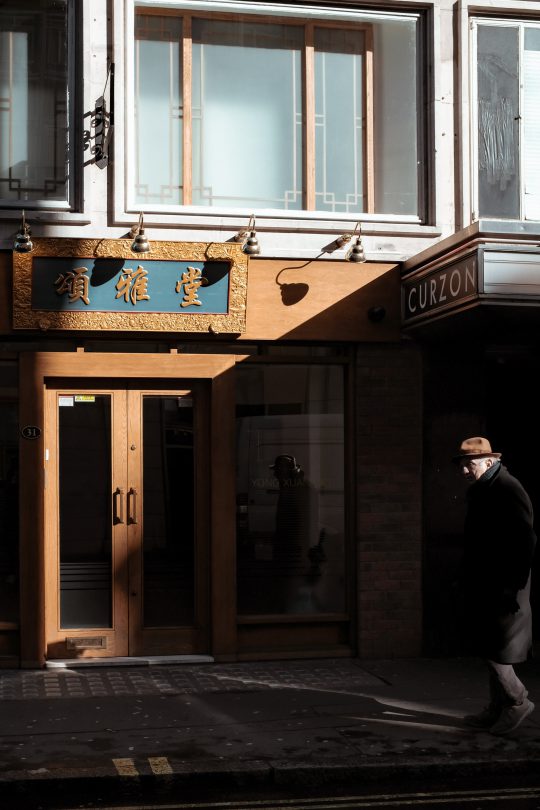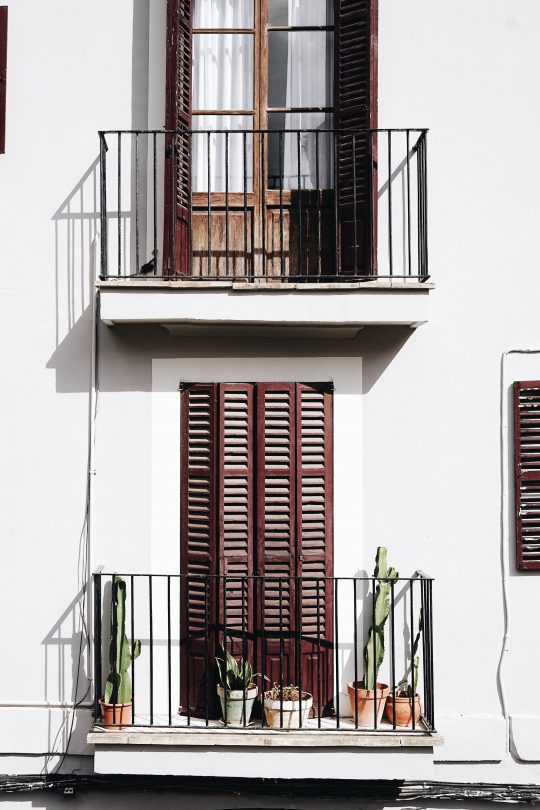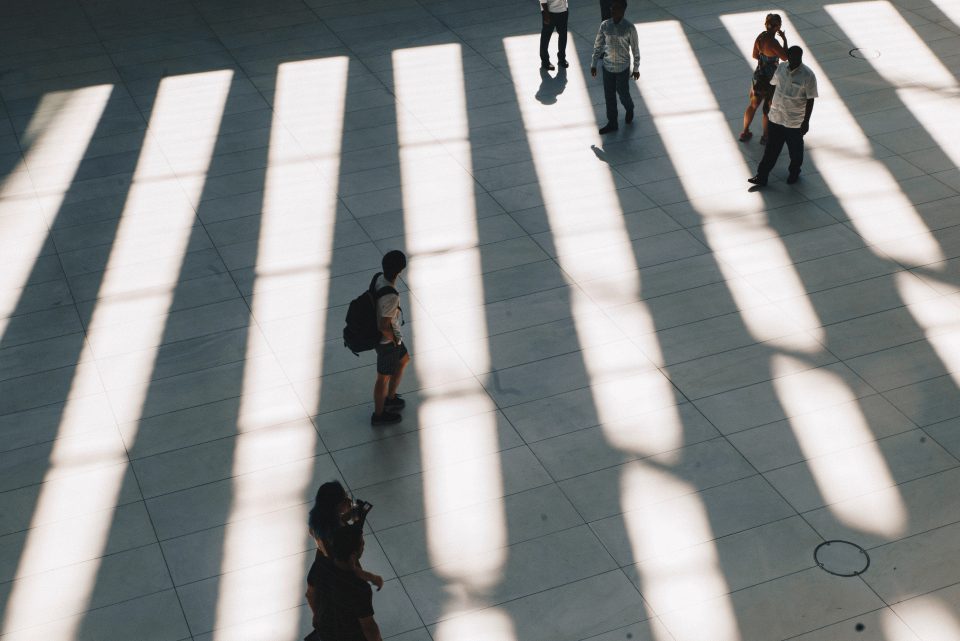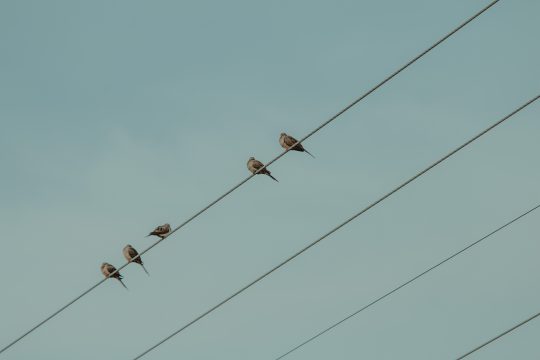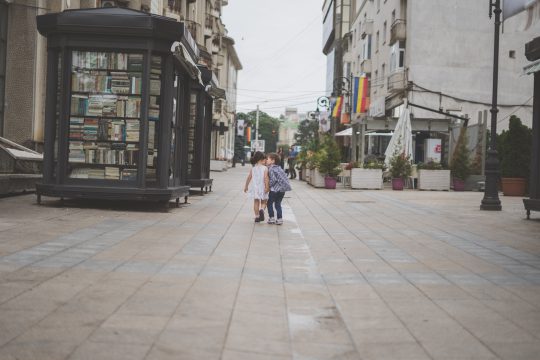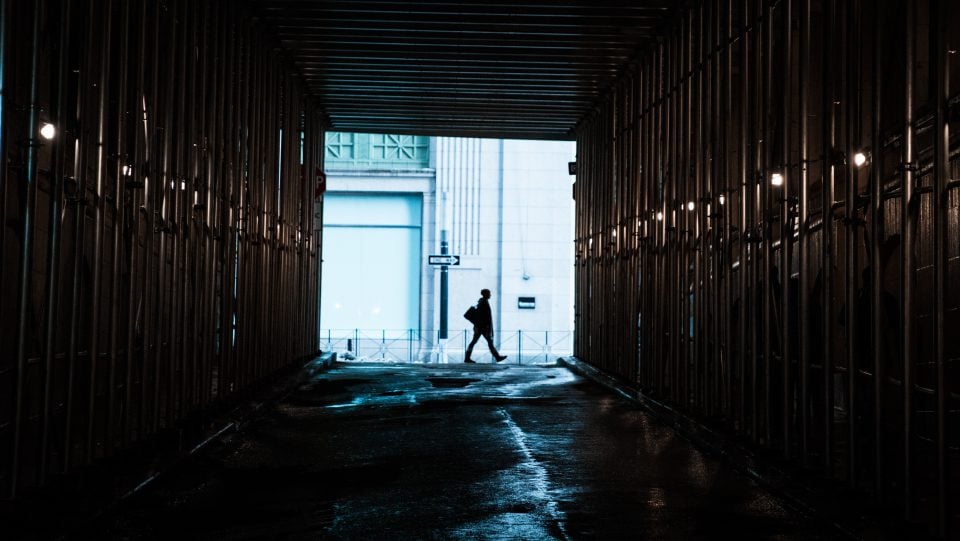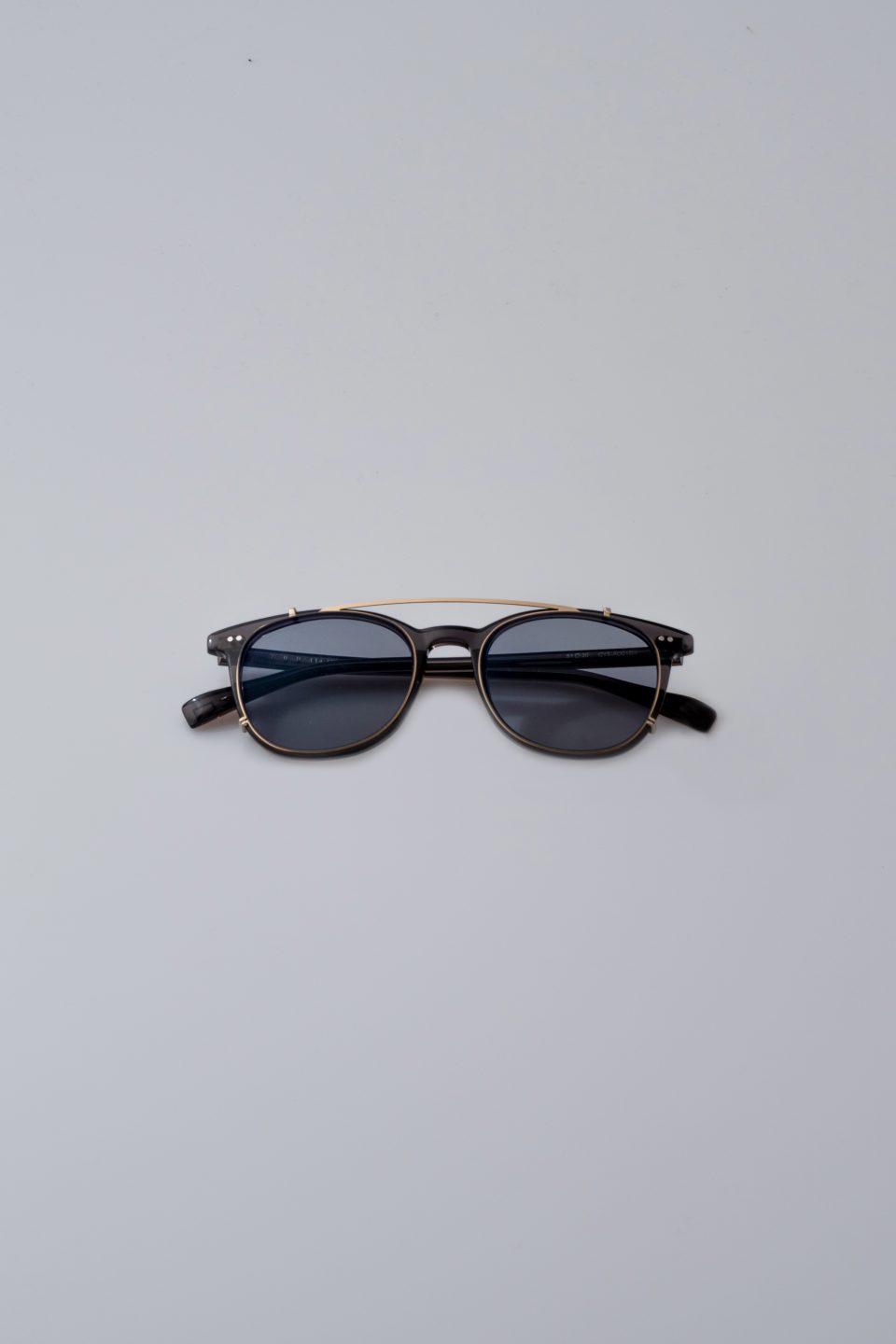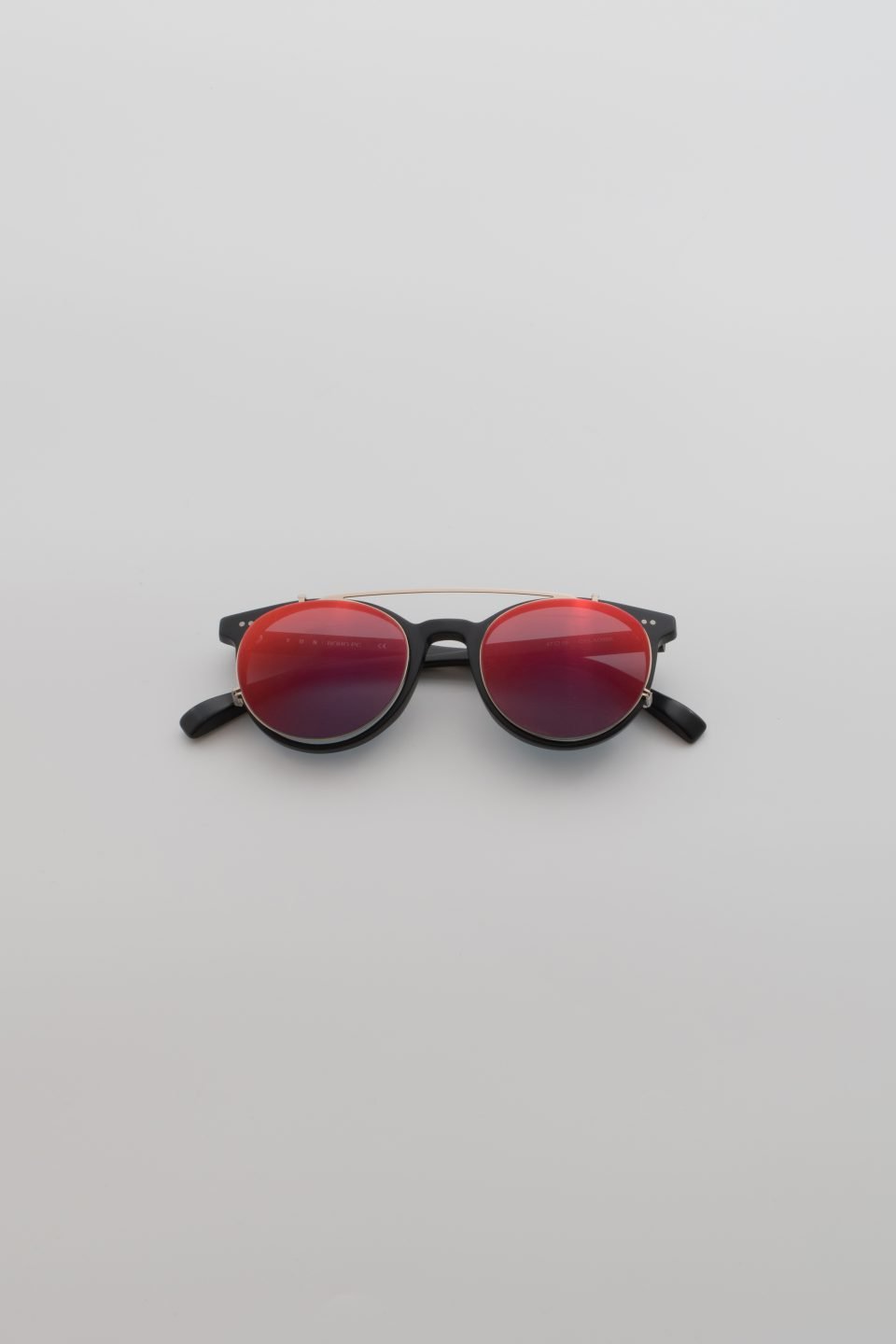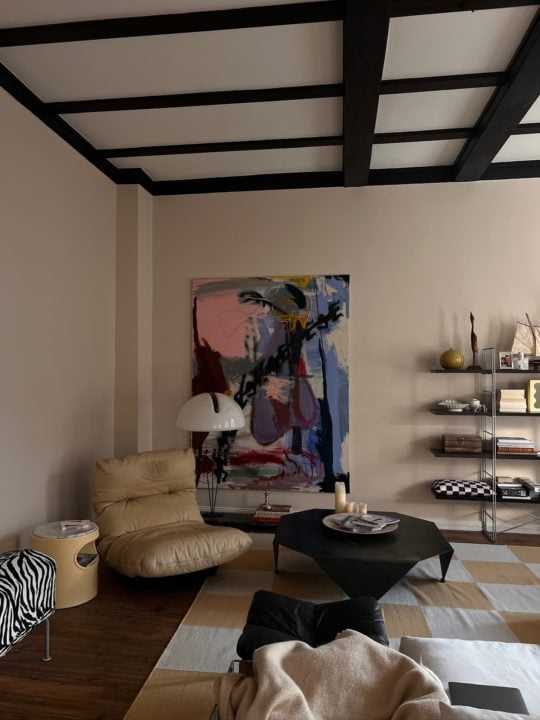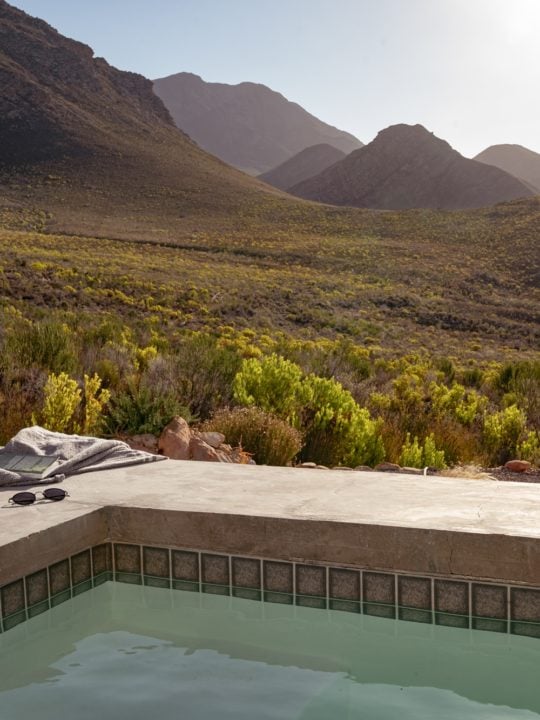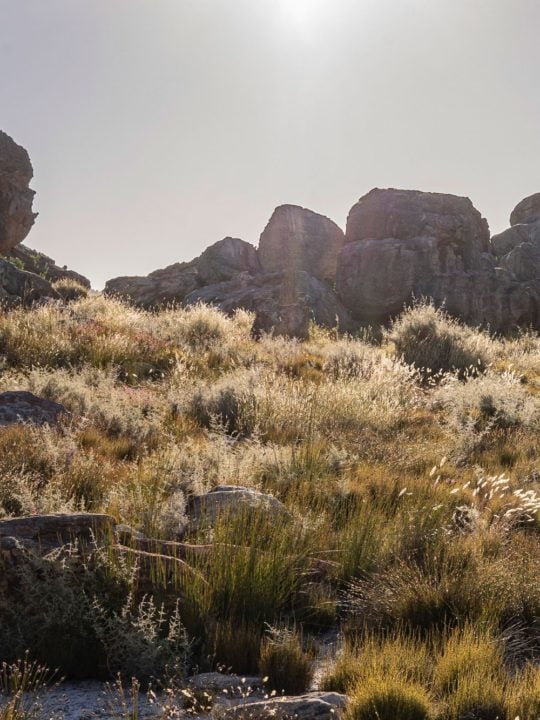THE LOST ART OF SAUNTERING
In today's modern world, a walk is usually nothing more than a necessity. We think walking should be leisurely and something to be cherished, here's why you should try it.
THE RETURN OF THE FLÂNEUR
Oh, the mystery of the flâneur. You probably have heard of him before, but the term evokes images of 19th-century-people in ostentatious dresses meandering through Victorian gardens or Parisian streets, images from the very past?
When was the last time you went on a real walk, went outside without a specific aim or reason? (No, walking to the supermarket does not count.) We have unlearnt sauntering, strolling around. All we aim for today is to get from A to B, fast or cheap, to be efficient and productive, and if we head out we do so for errands, or we run to stay fit. Everything has a purpose.
But the way we move determines how we perceive things. We stare at our smartphones, sit in the car, on the subway, and rarely look up to see what is around us. We’ve lost the ability for orientation without GPS, the ability to observe our environment, the ability to take a closer look and see things.
Today I invite you to go on an aimless walk, to re-discover, learn and master the art of sauntering, to become a flanêur.
It doesn’t matter where you are going, try not to choose a nice park or specific route or destination. Let go of all plans, agendas, and purposes. Just go out of your door and then let yourself drift. It’s not like a guided walking city tour where you gather information and knowledge, nor is it about entertainment. No smartphone, no pictures to post later, no music in your ears, and yes please also get rid of your watch too. You don’t need to know the time.
Deceleration is key. The flâneur has all the time in the world, as he is heading nowhere. Rumor has it that the dandies Rimbaud and Baudelaire, who cultivated the lifestyle of the flâneur, had a turtle on a leash with them to really walk slowly.
Devote yourself to your surroundings! Take the time to observe, to feel, to sense. You will be surprised at what comes to your attention, even at sights that you have passed a hundred times. There is a courtyard you always pass by? Just enter and see where it leads. Has the lovely, green balcony just next to your bus stop always been there? And did they just recently change the color on that building?
Studying your environment with attention will bring forth many small details, signs of former times, of history. The city is full of them! And as you walk and take in everything that happens around you, you’ll notice incoherent things and details but connect them, create a nexus, and all the impressions build a collage in your head, an inner movie.
The flâneur is a loner, roaming the streets on his own and avoids interaction with others. The city is his stage but he is a distant observer. Walking teaches us to move through the landscape more alert – you can also call it mindfulness. The conscious walker will witness situations that appear staged, sights that will never occur and be seen again. Other people lost in conversation or in a fight, a dog chasing flying doves, you follow them with your eyes and see a couple kissing on the balcony, just as the sun sets behind them, but then an incredible loud car honk jolts you out of this dreamy scenery, and you walk on.
And so as he is roaming the streets the flâneur is a collector of stories, of people and impressions; he is painter or filmmaker, author and audience at the same time. He is an observer of life in its purest form.

